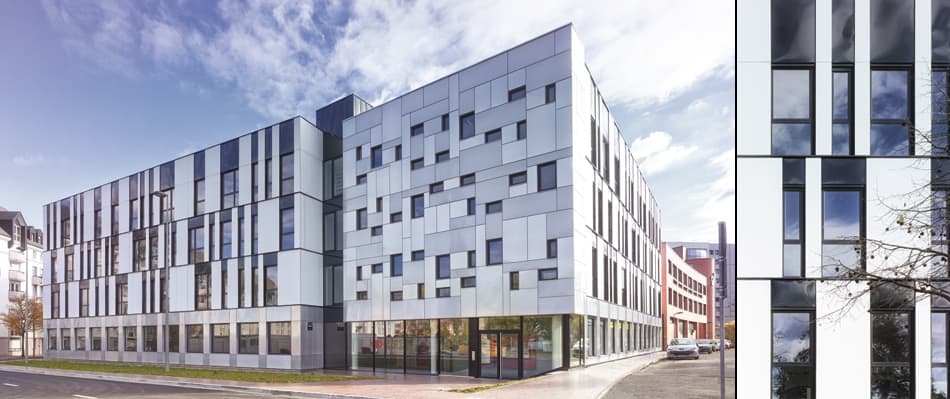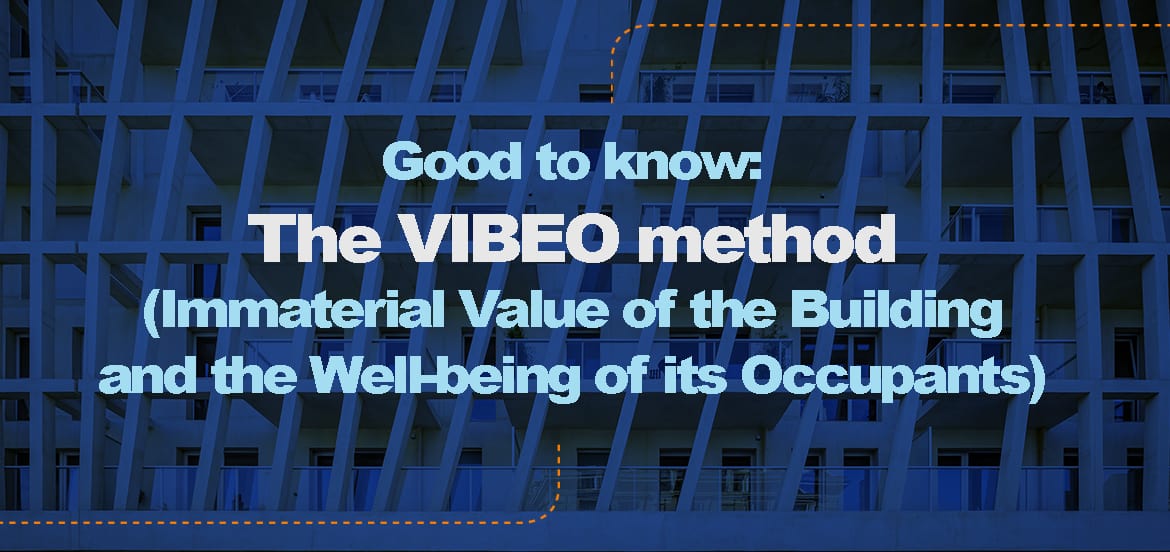
Openness and sharing: sources of value for the world to come…
4 minutes of reading
How to be attractive, create value and be scalable is the challenge for office buildings in order to meet all the complexity of an increasingly pressurised market. The uses and structure of such buildings require urgent rethinking in order to meet the new expectations of their occupants, as well as health and environmental issues. Solutions exist, but such changes must be anticipated in order to be implemented effectively.

office buildings. Already impacted by multiple rulings to reduce their ecological footprint, the health crisis and working remotely have both called into question their usefulness and queried some of their purpose, while users themselves have experienced a feeling of something missing. At issue are the informal social links which digital devices do not seem to succeed in bringing into the professional context. However, there is also the growing demand from employees for greater flexibility, meaning and well-being in their daily work lives. What was already an issue before the Covid-19 pandemic has now become a requirement. Tertiary buildings must change to become not only decarbonised and sustainable, but also open and multi-purpose. This will be to the benefit of all – investors, occupants, operators, users and neighbourhood residents.

A focus on value creation and open offices
The rise in working remotely as a result of the health crisis has helped to increase the under-occupation of office spaces. ‘During ‘normal’ times (outside the COVID-19 pandemic) they were still only occupied 50% of the time on average,’ points out Fabrice Poline from the Strategic Planning and Marketing Department at Bouygues Construction. ‘However, in order to meet societal, environmental and economic requirements, their use must be intensified. To do this, the first step is to identify all those spaces which are underoccupied a large part of the time by carrying out an audit or monitoring with data. Technology is no longer a hindrance. With appropriate planning and management, supported by relevant digital infrastructures and services, it is now possible to open up these places to the outside world and enhance their value by offering them as facilities. In this regard, there are many possibilities. An office building in the city centre could offer its parking spaces in the evenings and at night to local residents. A large reception area could accommodate a coworking centre or offer space for pop-up shops. An auditorium could easily become a venue for performances during free periods and a rooftop terrace a place for events in the evening, while a company crèche and concierge service could also help the neighbourhood.. By bringing facilities and new uses to employees, local residents and visitors, the office building gains in attractiveness while generating additional revenue which will improve its balance sheet. This pooling of space and facilities goes hand in hand with devices with contactless interfaces, larger areas of circulation and removable and/or easily repositionable layouts. It is, of course, accompanied by increased cleaning, housekeeping and maintenance rounds to guarantee sanitary safety and the proper functioning of the equipment. This approach has many advantages, such as increasing the value of office buildings, preventing them from becoming isolated, self-contained spaces and enabling them to contribute to the vibrancy of the district by creating social links between people who would not necessarily have come into contact with each other otherwise. Hybridisation and sharing are among the ways in which we can ensure that office buildings remain places which are in step with how our world is changing and adapt to societal transformations, becoming creators of value in every sense of the word!
VIBEO, Valeur Immatérielle du Bâtiment et Bien-Être de ses Occupants (Immaterial Value of the Building and the Well-being of its Occupants)
Financially valuing QWL investments is now possible!
A consortium of industrialists* including Bouygues Construction has studied and developed a method for the rational evaluation of the use value of a building. Applied during the audit of a site or project, it makes it possible to establish the link between work performance variables (serenity, well-being, motivation, etc.) and the components of a building. Several main drives for action can then be identified on different themes: – The presence of nature and the view of the outdoors – Visual, acoustic and thermal comfort – Interior air quality – Interior design and facilities All with the aim of maximising the productivity of the occupants and improving the use value of the property. Solutions proposed by Bouygues Construction in its Officity approach which aims to construct office buildings with a vibrant, reassuring environment for people. *Bringing together: Bouygues Construction, BNP Paribas Real Estate, Bolloré, Covivio, EDF, ENGIE, Ivanhoé Cambridge, Sercib, Saint-Gobain, Korus, Goodwill-management.Most read
More reading
Read also




What lies ahead? 7 megatrends and their influence on construction, real estate and urban development
Article
20 minutes of reading

